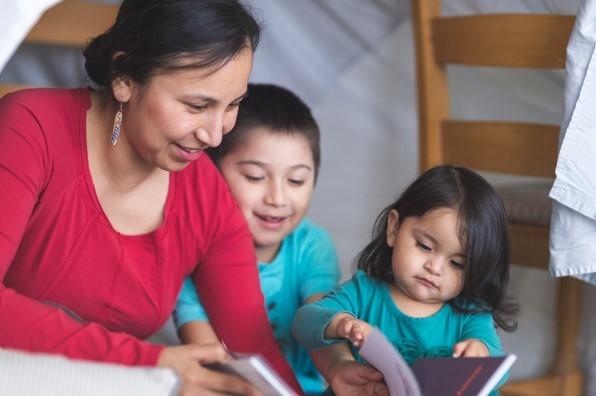The first American Indian Day was celebrated in May 1916 in New York. Red Fox James, a member of the Blackfeet Nation, rode horseback from state to state to get endorsements from 24 state governments to have a day to honor American Indians. In 1990, President George H.W. Bush signed a joint congressional resolution designating November 1990 as “National American Indian Heritage Month.” Similar proclamations have been issued every year since 1994, and we now refer to this celebration as “American Indian and Alaska Native Heritage Month.” This Facts for Features presents statistics for American Indians and Alaska Natives, as this is one of the six major race categories defined by the U.S. Office of Management and Budget.
The following facts are made possible by the invaluable responses to the U.S. Census Bureau’s surveys. We appreciate the public’s cooperation as we continuously measure America’s people, places and economy.
Did You Know?
6.9 million
The nation’s American Indian and Alaska Native population in 2018, including those of more than one race.
10.1 million
The projected American Indian and Alaska Native population alone or in combination with other race groups, on July 1, 2060. They would constitute 2.5% of the total population.
324
The number of distinct federally recognized American Indian reservations in 2018, including federal reservations and off-reservation trust land.
573
The number of federally recognized Indian tribes in 2018.
141,438
The number of single-race American Indian and Alaska Native veterans of the U.S. armed forces in 2018.
For more key stats, please visit the U.S. Census Bureau's Facts for Features: American Indian and Alaska Native Heritage Month: November 2019.


